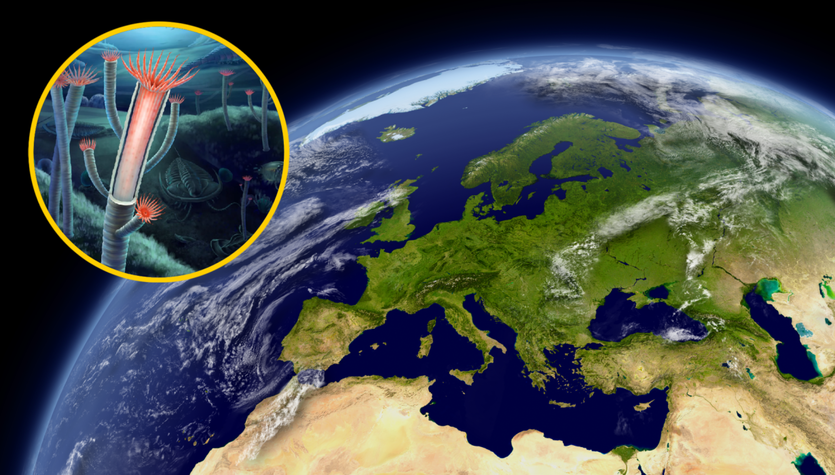W Latest articles Published in a scientific journal Astrophysical Journal Letters A team of solar physicists describes the latest scientific information about the Sun’s magnetic structure, obtained using the Daniel K. Inoue Solar (DKIST). It is very likely that this information brings us an important step closer to solving one of the most difficult mysteries of our star today.
Launched last year, the DKIST Solar Telescope is the world’s most powerful solar telescope, and its first observations of the Sun have already provided us with a fascinating look at the Sun’s true surface. Now, however, data collected using it has allowed researchers to look at the magnetic field of the Sun’s so-called placid surface. It is this data that allows scientists to study the transfer of energy between the different layers of the Sun.
In this way, scientists want to explain why the outer layer of the Sun’s atmosphere, called the corona, is hundreds of times hotter than the surface of the Sun itself. Intuition tells us just the opposite. When we move away from the sun, we should register a drop in temperature, just as we do when we move away from any heat source, be it a fire or stove. Meanwhile, the Sun’s surface temperature is about 5,770 Kelvin, and the solar corona is close to 2 million degrees.
Read also: The sun appears under a microscope. The stunning images show how far astronomy has come
DKIST observations have allowed solar physicists to determine the complex serpentine topology of the magnetic field in the chromosphere, the lower layer of the Sun’s atmosphere. Establishing the topology allows scientists to study all the energy phenomena that drive plasma flow in the Sun’s atmosphere. This magnetic field behavior may be responsible for heating the plasma to millions of degrees Kelvin. It is worth noting here that this magnetic field is responsible for the largest explosions in our planetary system, namely coronal mass ejections (CMEs).
Scientists have been studying heat transfer between the solar corona and the photosphere for many years. In most cases, researchers have focused primarily on sunspots, that is, vast magnetized active areas on the Sun’s surface, which could theoretically be regions that transfer huge amounts of energy from the Sun’s surface to its atmosphere. However, the question arises as to how this could happen far from sunspots, where the surface is “quiet”, “quiet”. These areas are covered only by convection cells, which are similar in size to Poland or France. However, these cells have a much weaker, but more dynamic, magnetic field.
Read also: The size of the sunspot increased significantly within 24 hours! It’s gigantic
Until now, it was assumed that the magnetic field in quiet regions of the photosphere is limited to small rings. Scientists have discovered the first evidence of a complex magnetic guidance pattern that resembles a snake in shape just using the DKIST telescope.
The authors of the article point out that the more complex the changes in the direction of the magnetic field, the greater the possibility of energy being released in the process of magnetic reconnection, which occurs when two magnetic fields directed in opposite directions interact with each other and release huge amounts of energy. It is this energy that can effectively heat the Sun’s atmosphere.

Echo Richards embodies a personality that is a delightful contradiction: a humble musicaholic who never brags about her expansive knowledge of both classic and contemporary tunes. Infuriatingly modest, one would never know from a mere conversation how deeply entrenched she is in the world of music. This passion seamlessly translates into her problem-solving skills, with Echo often drawing inspiration from melodies and rhythms. A voracious reader, she dives deep into literature, using stories to influence her own hardcore writing. Her spirited advocacy for alcohol isn’t about mere indulgence, but about celebrating life’s poignant moments.










